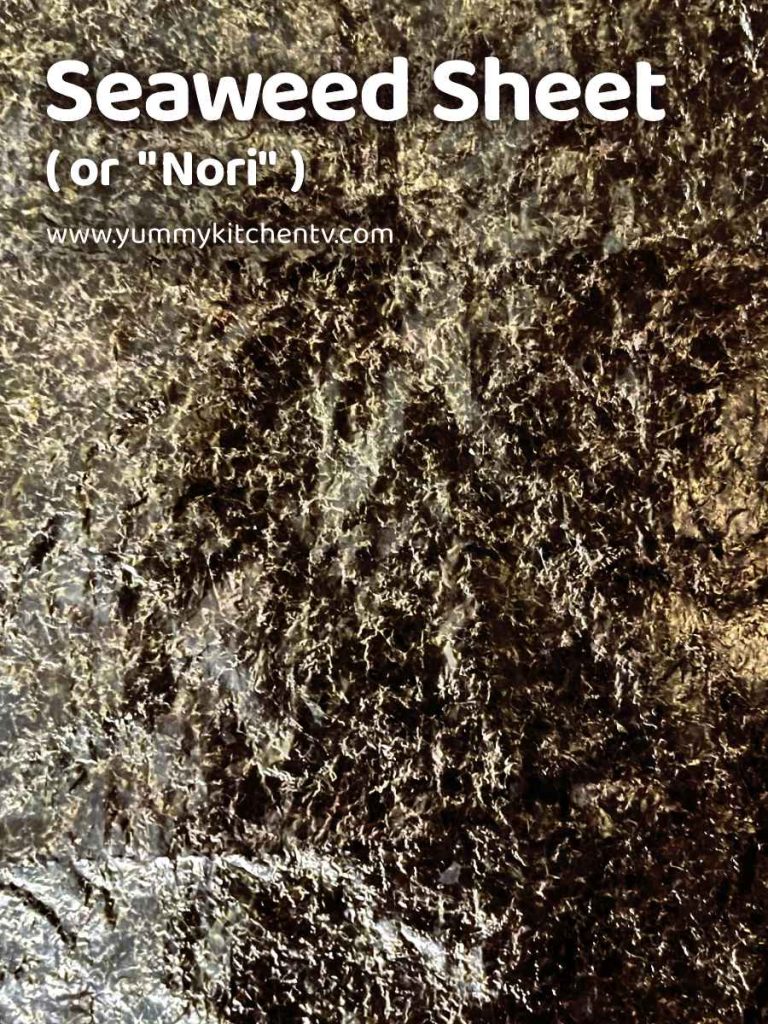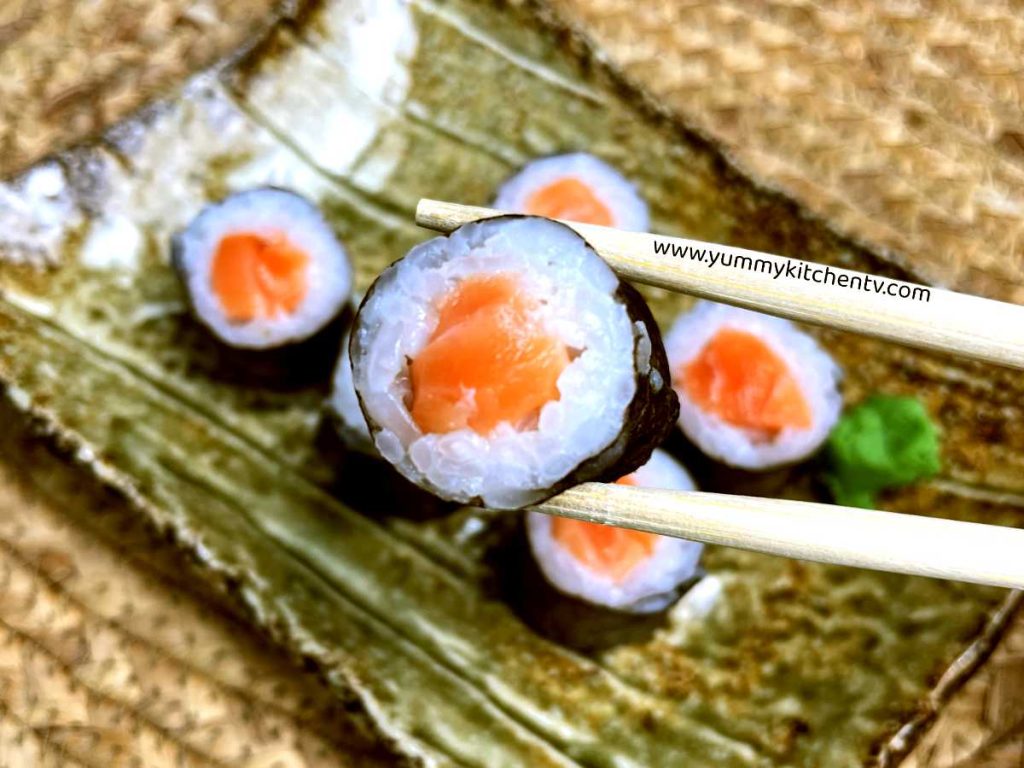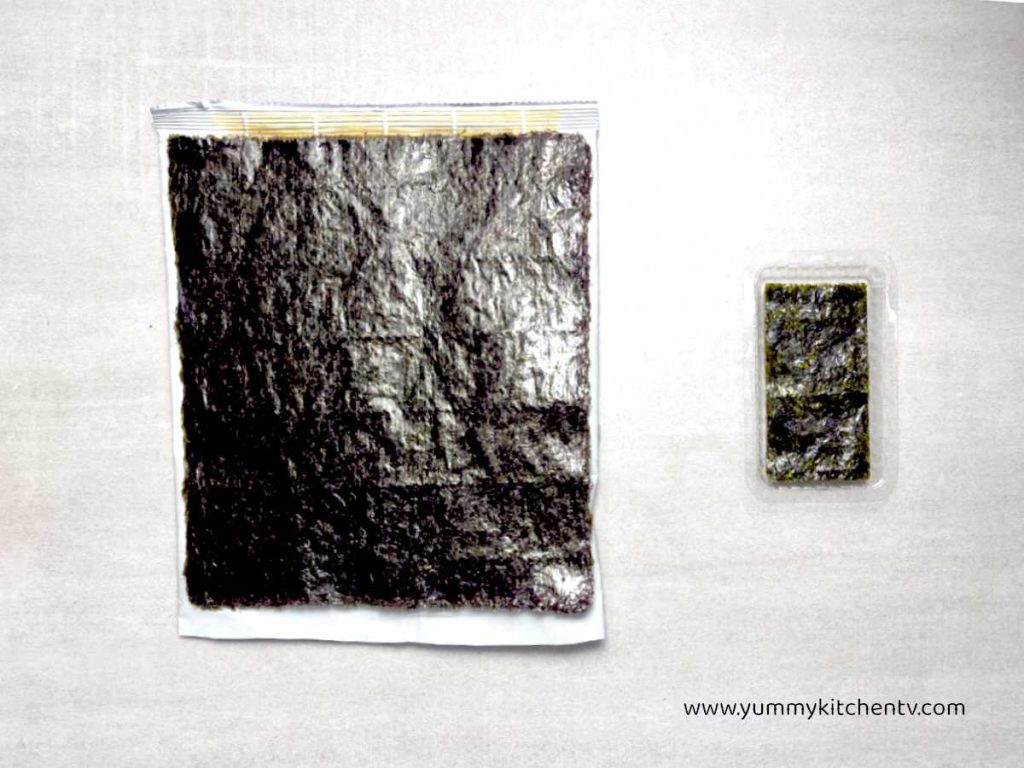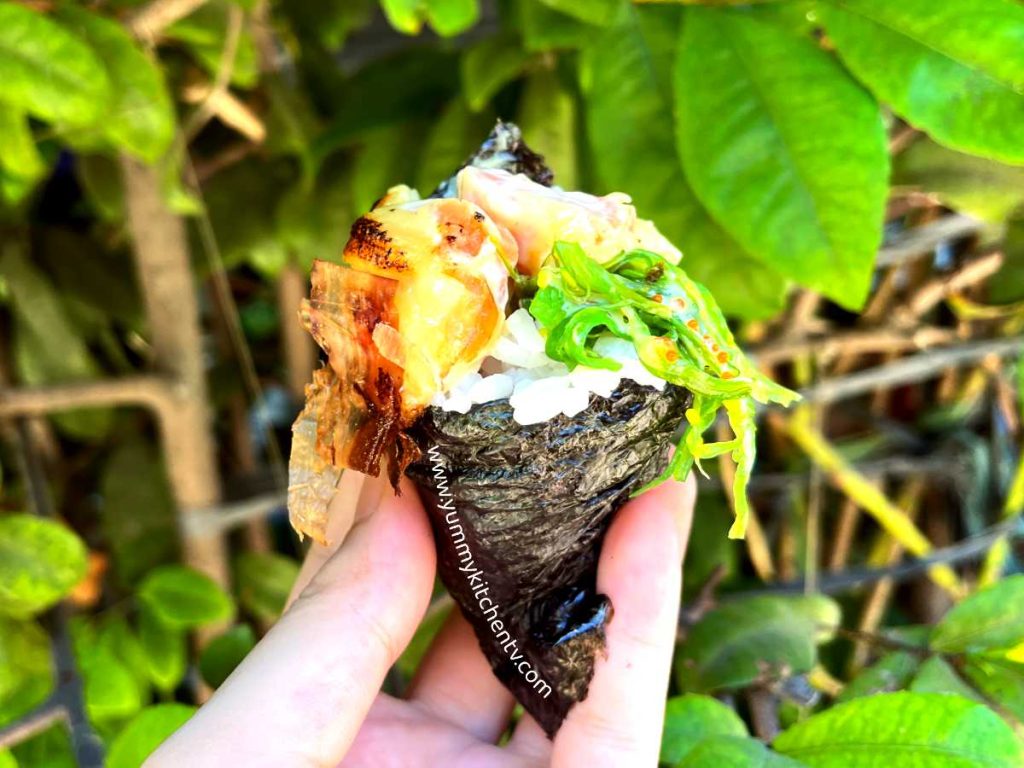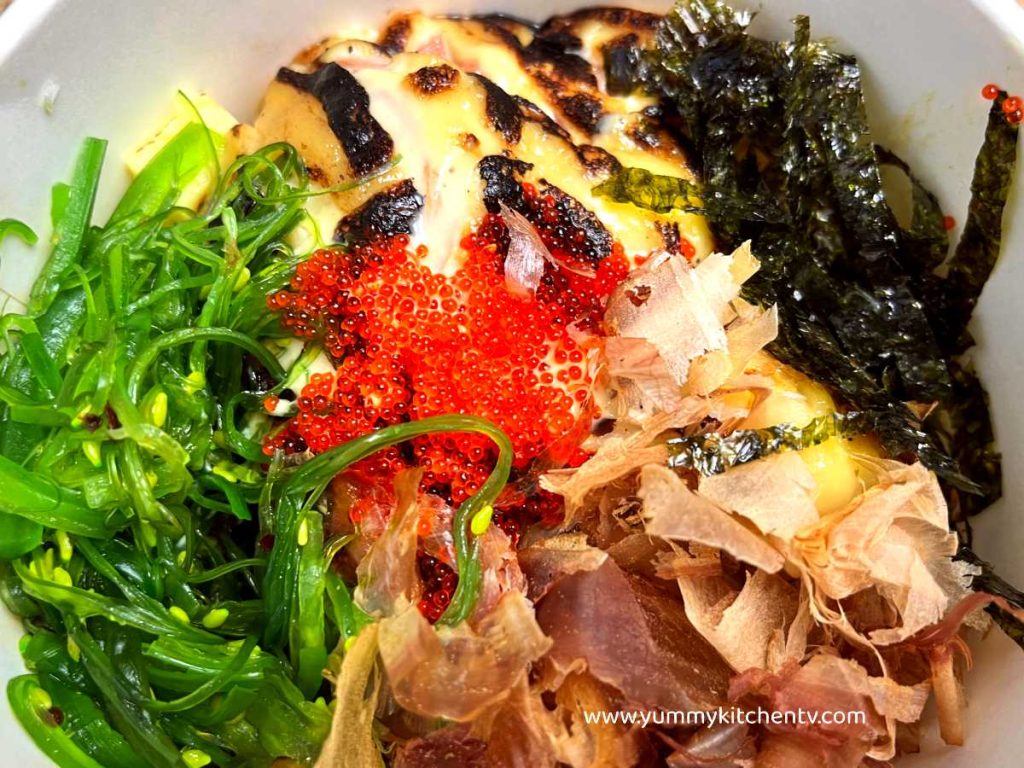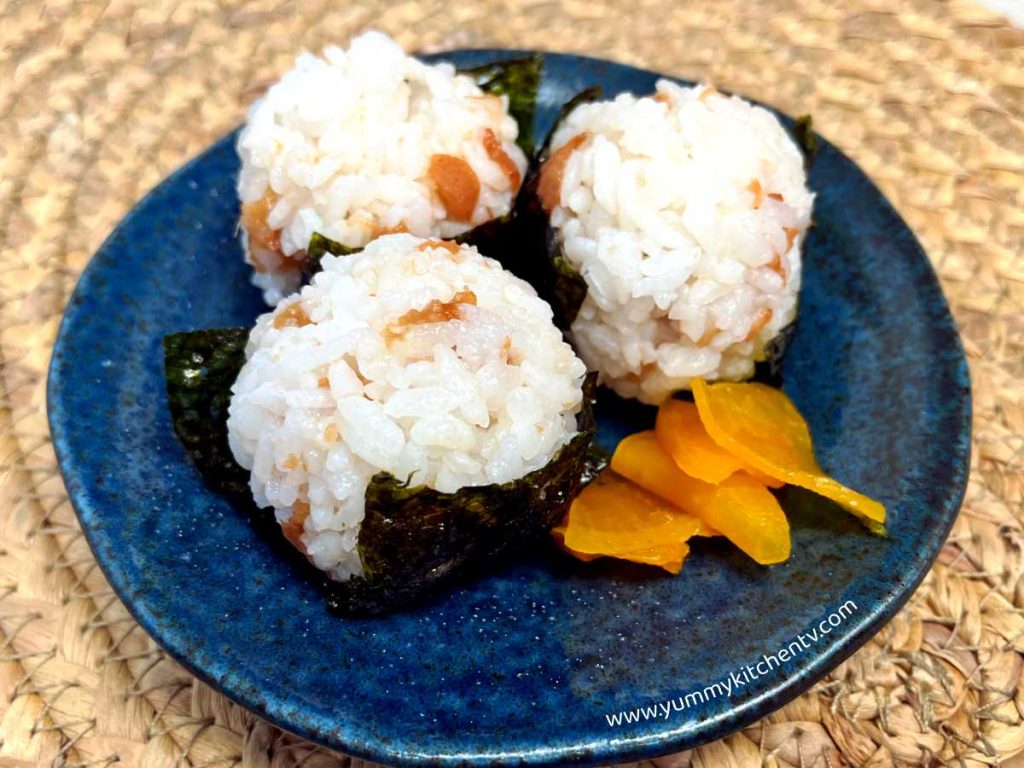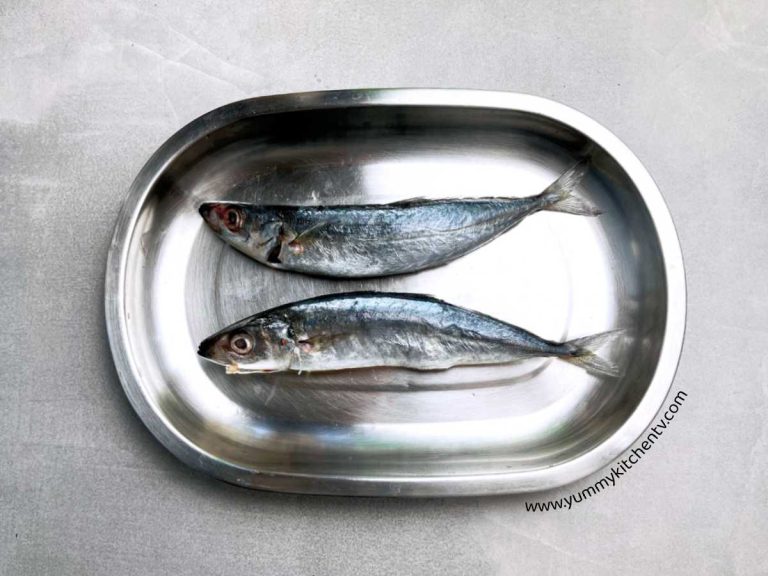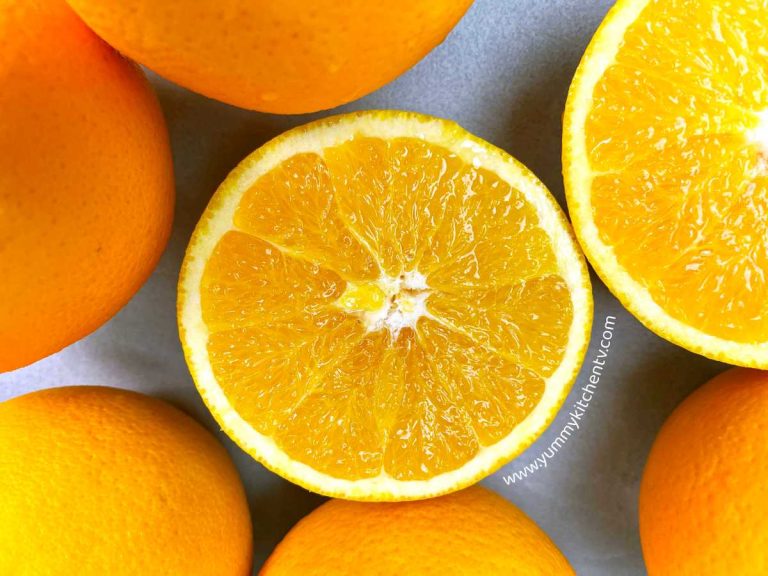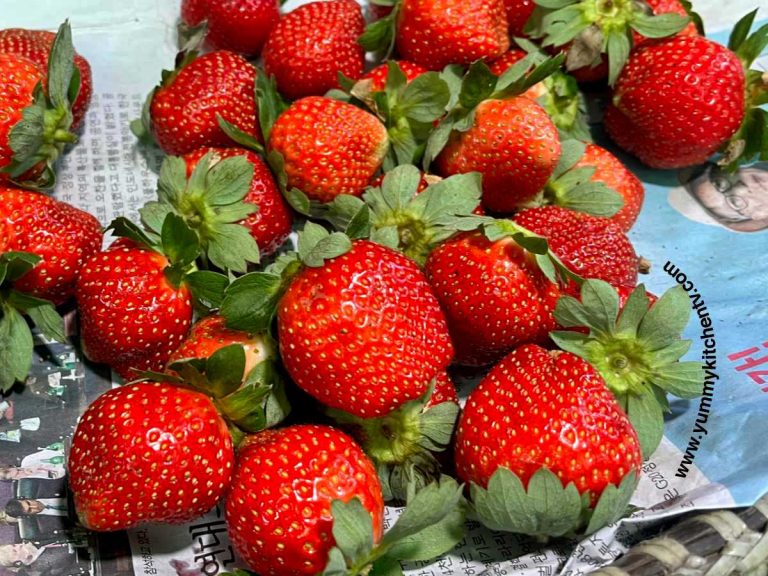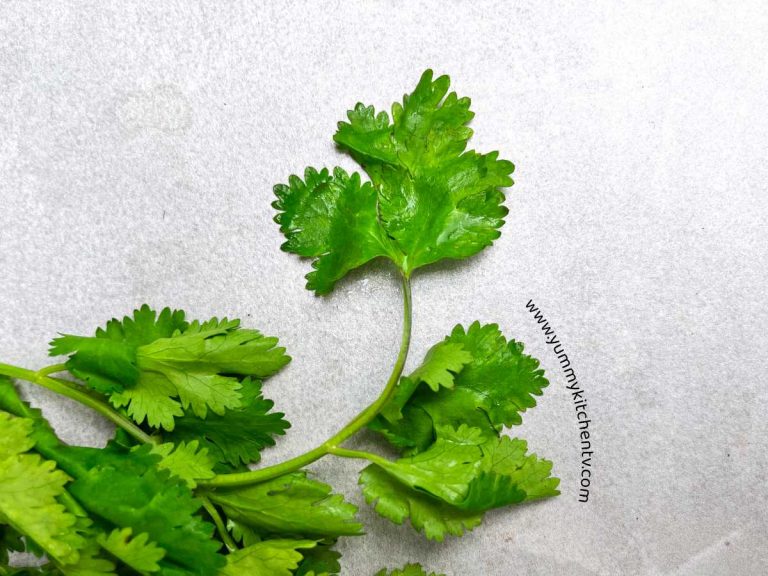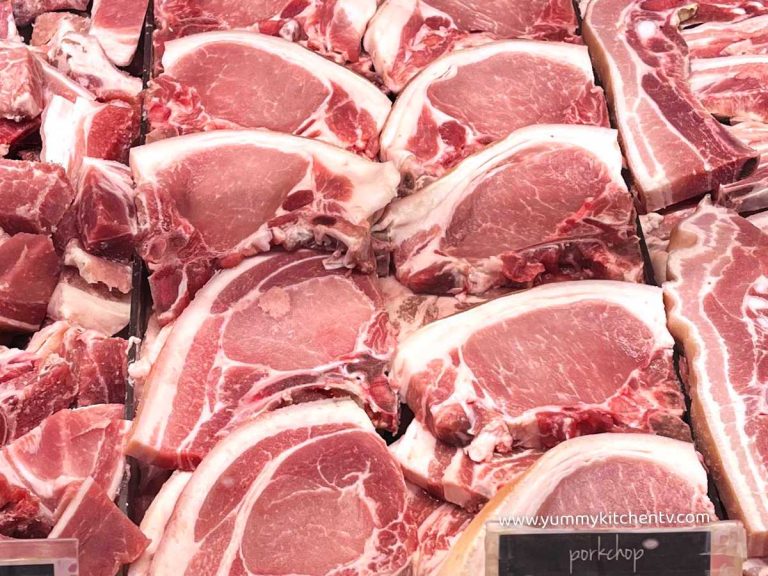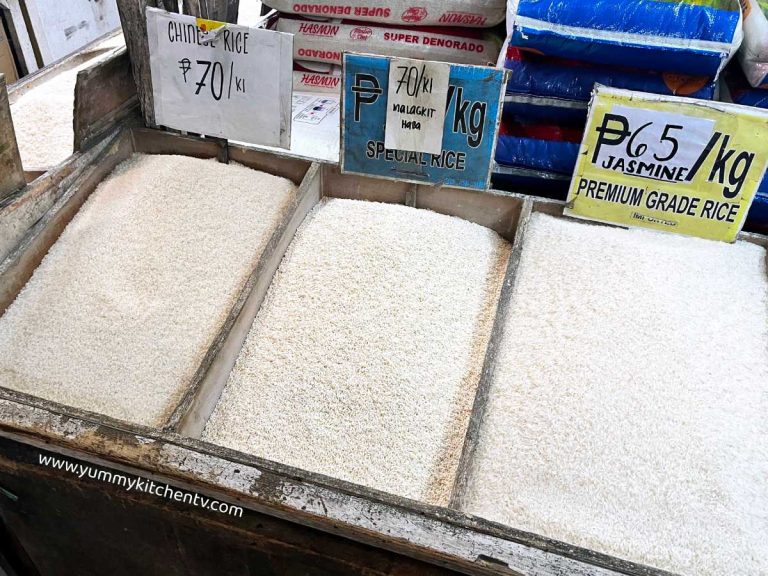Seaweed Sheets – An Essential Superfood
Seaweed Sheets or “Nori” in Japanese is one of the main used ingredients in Japanese cuisine. While it’s familiarly seen used in sushi rolls, as a topping over jasmine rice, or to cover up onigiri. There’s more to this ingredient besides making the dish look interesting. Made of dried red algae and known for its distinctive taste and flat paper/sheet like look. It’s not only flavorful but full of nutrients like Vitamin A, B1, B2, B6 and more. There are so many ways to use this versatile snack. From turning these into chips, crackers, rice toppings, flavorings to fries, and many more. In this article, we’ll learn more about it’s history, what is nori made of ? Nori nutrition, where to buy seaweed sheets? Type of seaweeds, nori seaweed sheets recipes and more!
A short Introduction to Seaweed Sheets
Seaweed sheets which many typically call “Nori”, translated into “Ocean Moss” is sometimes “Nori Paper”, “Sushi wrapper”. “Gim” in Korean. Nori Sheets are made of seaweed or rather, it comes from algae that grows in the sea along rocky shorelines. Not only does it feed people, it sustains ocean life. The algae depending on the colors are used for different things. From the red turning green, to the brown darkening to black. A highly nutritious snack that is especially common in countries like Japan, China, and Korea. These can be seen added into soups and stews, as an afternoon to midday snack, bar snack, medicine, supplements, salads, other warm to cold dishes, noodles, desserts, and even in drinks like smoothies.
Seaweeds have been eaten since 1500 years ago or more as a paste before turning into the familiar paper-sheet form. Found written about in the 8th century from Japanese poems. These have been used not only for consumption, but eaten specifically for special occasions, or even used as offerings. This being a must in making sushi rolls, wraps, and onigiri. Seaweed wrappers are made by a dry-racking process after being shredded ( growing the plant-only needing 45 days after seedling then are mechanically harvested ). These are then using highly automated machines that resemble the traditional manual operations to make the paper-thin seaweed sheets. Sliced into shapes and packaged, ready to be consumed.
What does nori taste like? It tastes salty, then slightly sweet and umami without the fishiness. Eaten as a simple seaweed sheets snack, roasted seaweed sheets that can be used as is, crushed or entered into a snack or rice topper, made into nori crisps, flavoring for other snacks like fries, chips, biscuits, and interesting drinks. Where to buy nori for sushi? You can easily find these in the international section or Asian section in the grocery store. These can also be easily found in Japanese, Korean, or Chinese specialty stores.
Read more about seaweeds in this Yummy Kitchen Article :
Nori vs Seaweed Sheets
These might commonly be called one and the same. The difference being that “Nori” is commonly called the snack you can typically find at the market, while “Seaweed” is the term we usually call the algae that grows in the sea. There are a lot of edible seaweed snacks, not just ‘nori’ itself. Here are some examples of seaweed snacks you might commonly find at supermarkets, groceries, or restaurants:
- Nori – are the dried flat dark green, sometimes almost black colored almost A4 sized sheets of paper that have a slightly smooth when unroasted, or very coarse texture when roasted snacks. These are used to make “Nori Sushi” ( or simply sushi ), “Nori Wraps”, “Kimbap”, “Sushi Sandwich” and more that need a bigger sized nori to wrap around.
- Aonori or ( nori flakes ) – different from Nori. These are dried flakes, sometimes even dried powder that is used as a seasoning or rice topper ( like furikake ), over yakisoba or okonomiyaki, and other dishes. It gives a light umami taste, interesting texture and color.
- Kombu – the backbone to make dashi ( the base for miso soup, some ramen and other Japanese soups ). These are thick and smoother with a stronger flavor. Usually used in the broth but removed and are not eaten due to its thickness, unless cooked for a very very long time. These impart an umami earthy flavor.
- Wakame – looks like smooth brightly colored long leaves. It’s like a thinner version of kombi and is easier to eat. It tastes more refreshing and not pungent like most of the varieties written. Unlike kombi that should be removed or cooked for long periods of time, wakame just needs to be soaked for a few minutes before being cooked/blanched until slightly tender. These are used in miso soup, turned into salads, topped over rice, or thinly sliced and made into a cold side dish.
- Hijiki – mostly used in Japanese and Korean dishes, these have the strongest ‘seaweed flavor’ out of the other options. These look like thick strands of brown hair. Usually used for side sides, stir frys, and salads.
Nori Health Benefits
The amount of seaweed sheet nutrition ( laver nutrition ) is actually quite high. These thin dark green almost black colored salty sheets are full of antioxidants, iodine, protein, and more. It’s so healthy it’s one of the snacks given to mothers after childbirth to help energize and heal the body. Having a good set of vitamins and minerals as this ingredient has. From Vitamins A, Ce, K, E, Zinc, Sodium, Magnesium, plant properties meaning it has chlorella, spirulina, and amino acids, and being from the sea giving it Omega-3 fats, and Vitamin B12. Here are more reasons on why you should try to add seaweed into your diet.
- It has a good amount of iodine and tyrosine that supports the thyroid to reproduce hormones and repair damaged cells. This also helps with fatigue, regulate metabolic rate, brain and bone development.
- Having a potent amount of antioxidants helps keep the cells from being damaged and keeps the body from radical damage.
- Supports the gut – these have fiber and ‘good bacteria’ that keeps the lining of the gut nourished and healthy. This inturn helps with bowel movement and helps you lose weight. Ince these do not contain any calories.
- Reduce Heart complications – Being filled with nutrients it helps with high blood pressure and cholesterol levels. This also helps avoid the blood from clotting. As well as improve management of blood sugar levels that reduces the risk of Type 2 diabetes.
- Short Facts
* Nori calcium – there are about 70 mg of calcium per 100 grams of nori.
* Potassium in roasted seaweed – there are about 356 mg of potassium in 100 grams of nori.
* Do note not to eat too much of the required serving as too much iodine ( salt ) can also cause complications such as hyperthyroidism, goiter, or thyroid autoimmunity.
Questions ?
- Seaweed Wrap Nutrition ?
Nori calories account for 35 calories for 100 grams or nori sheets. The nori iodine content is around 230 mcg for 10 grams.
- Are nori sheets vegetarian ?
Nori is vegetarian and to answer “Is Nori Vegan” ? Yes, these are also vetan. These made of seaweed are a plant-based product.
- Can dogs eat seaweed sheets ?
Dogs can eat seaweed or nori that is not seasoned-are plain without any salt or seasonings added into it.
- Can you eat untoasted nori ?
Or what is the difference between these with roasted seaweed sheets ? Sold as ‘Plain’ ( unroasted) or “Toasted” ( roasted ), these are all one and the same. The only difference is that the ‘plain’ version just needs a few light swipes over the stove-at low heat to help bring out the flavor. Make sure to use pliers metal ones if you have them and swipes a few inches above the fire. Depending on how toasted these are they can turn from pliable ( easily molded / folded / or rolled ) to very toasted. You can crush these into flakes or powder and turn into furikake or seaweed seasoning.
Yummy Recipes
Nori Recipes, this ingredient is a staple and is easily found in many Japanese and Korean dishes, going around many other Asian cuisines and quite a few Western fusion cuisines. A to-go snack, getting a quick bite of these by itself or used to wrap some rice, an additional flavoring for many other dishes. Theres just a lot to make with such a simple looking ingredient. Check out these Yummy Nori Seaweed recipes :
- Tuna Kimbap ( the Korean version of sushi, using canned tuna )
- Gimbap ( Korean Rice Rolls )
- Try using nori as a wrapper for sushi in this Pork Siomai Recipe to make ‘Japanese-Filipino’ pork siomai
- Crush toasted/roasted seaweed sheets, mixing with a bit of sesame oil and sesame seeds to top over rice for a quick meal, or an affordable seaweed flavored rice ball.
- Or top the crushed nori over this Spicy Mango Salad
- Use the seaweed sheets as the ‘bread’ filling it with rice and other ingredients in this Crab Sandwich recipe, as a sushi sandwich
- Place the seaweed sheets, cut into squares to serve as a side for Easy Sushi Bake
#SeaweedSheets #SushiIngredients #HealthyEating #Superfood #Seaweed #JapaneseFood #AsianCuisine #NutritiousSnacks #VeganFood #HealthyLifestyle #PlantBased #Foodie #SeaweedLover


